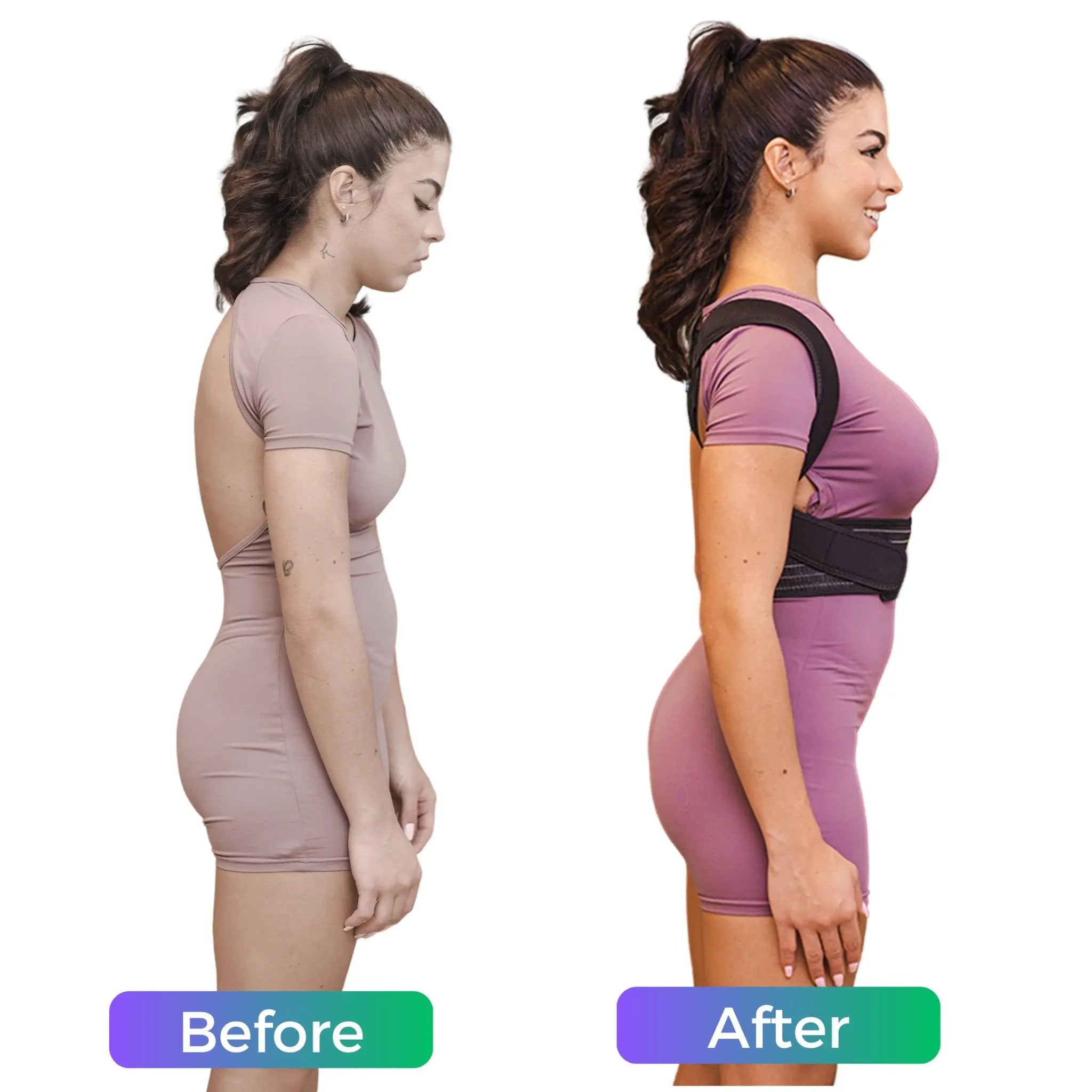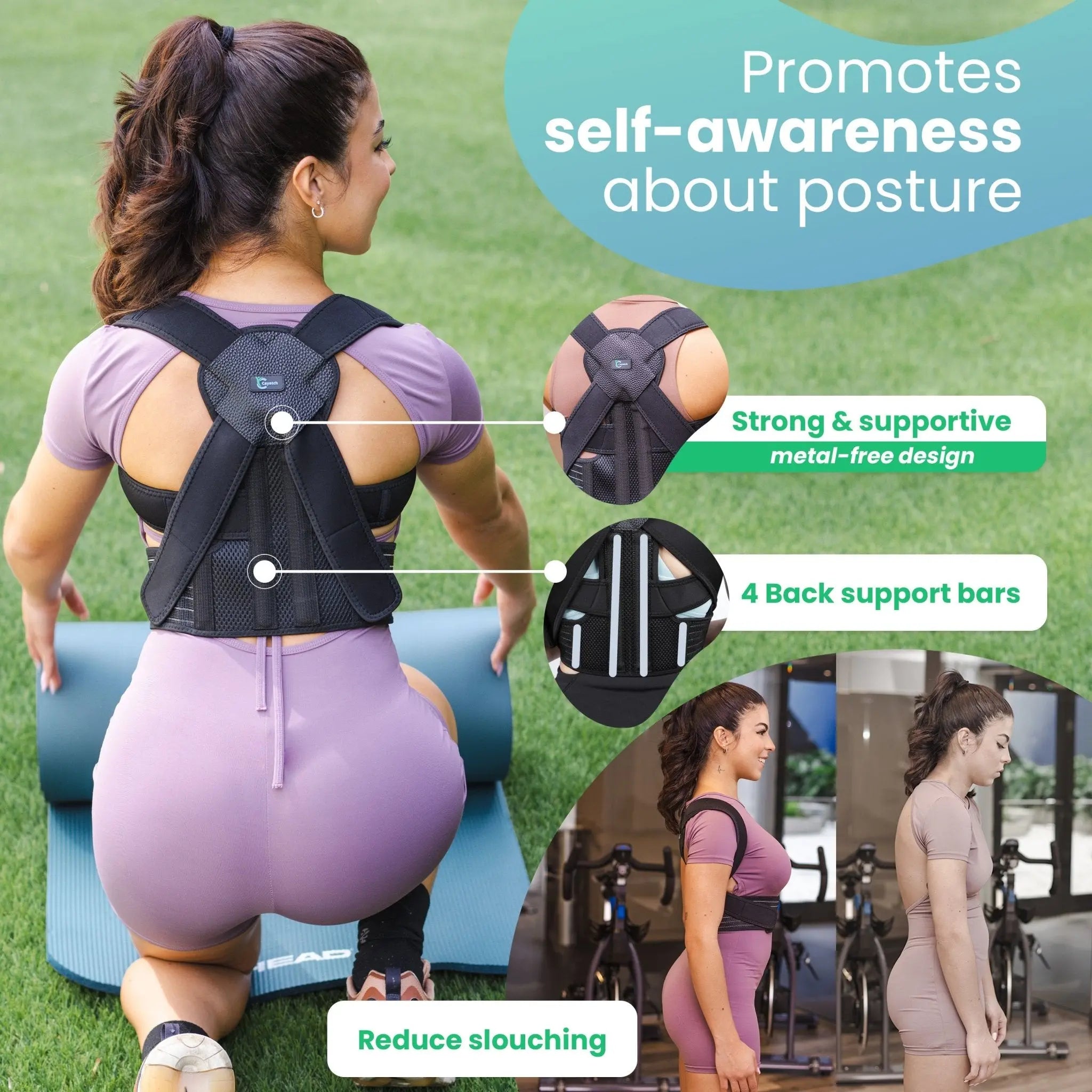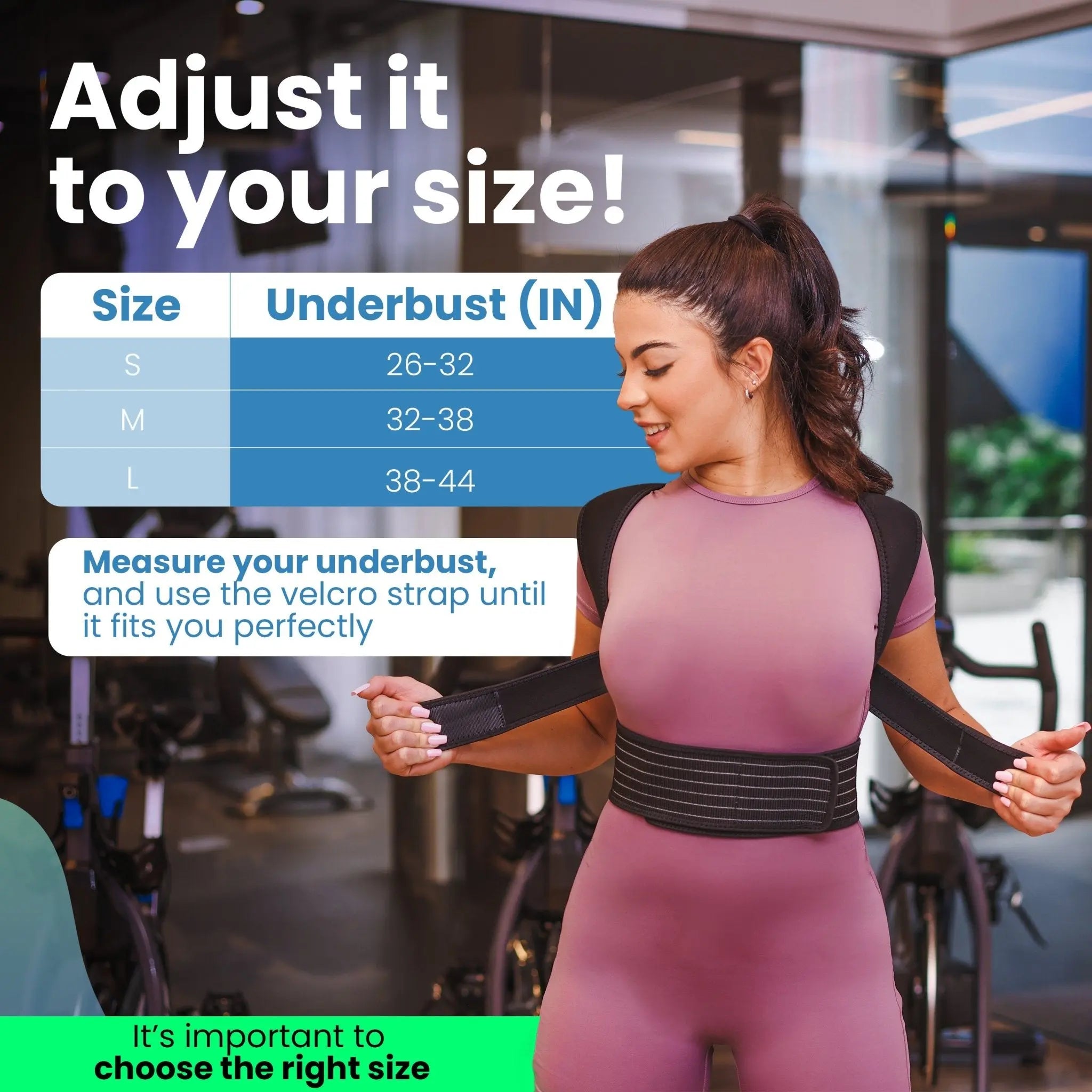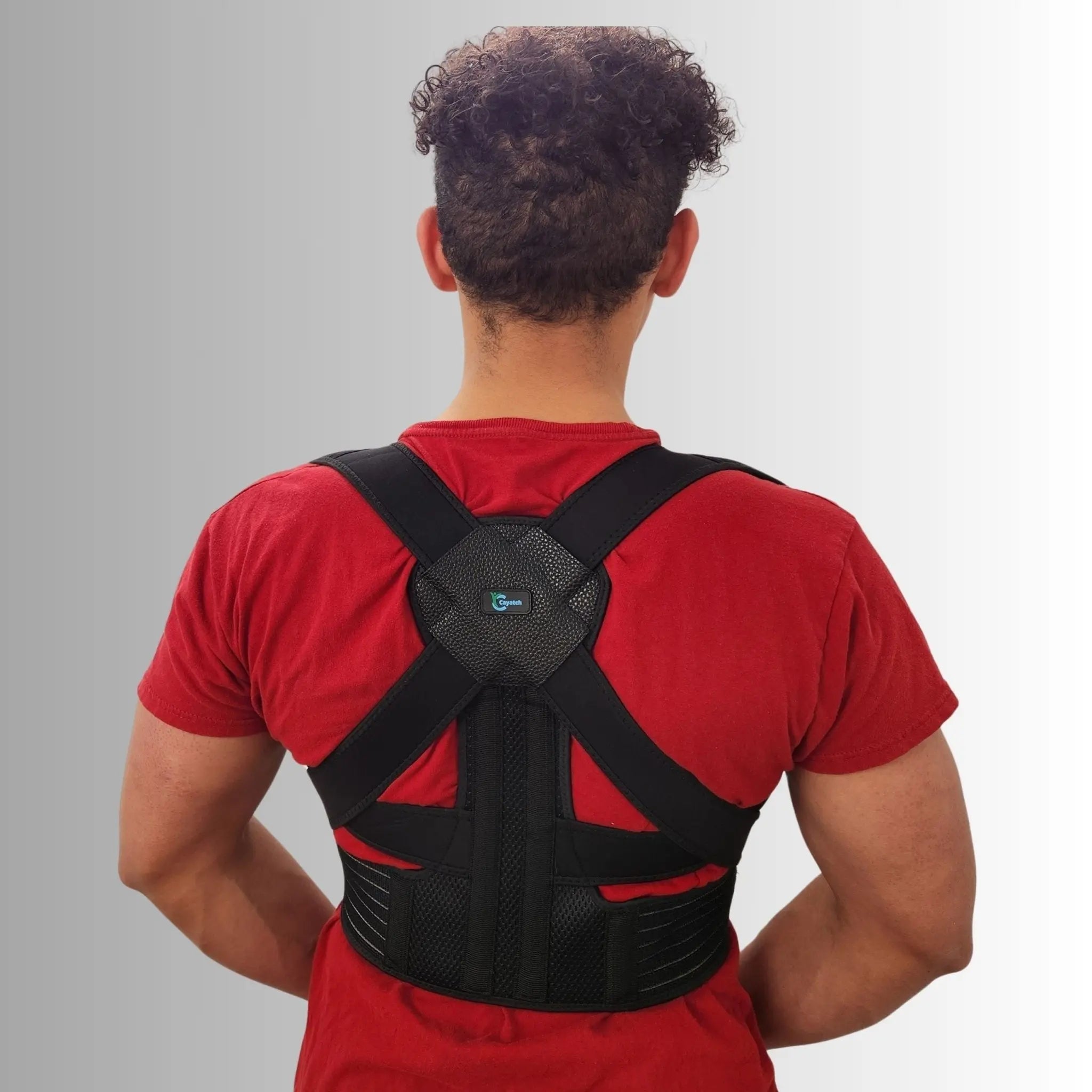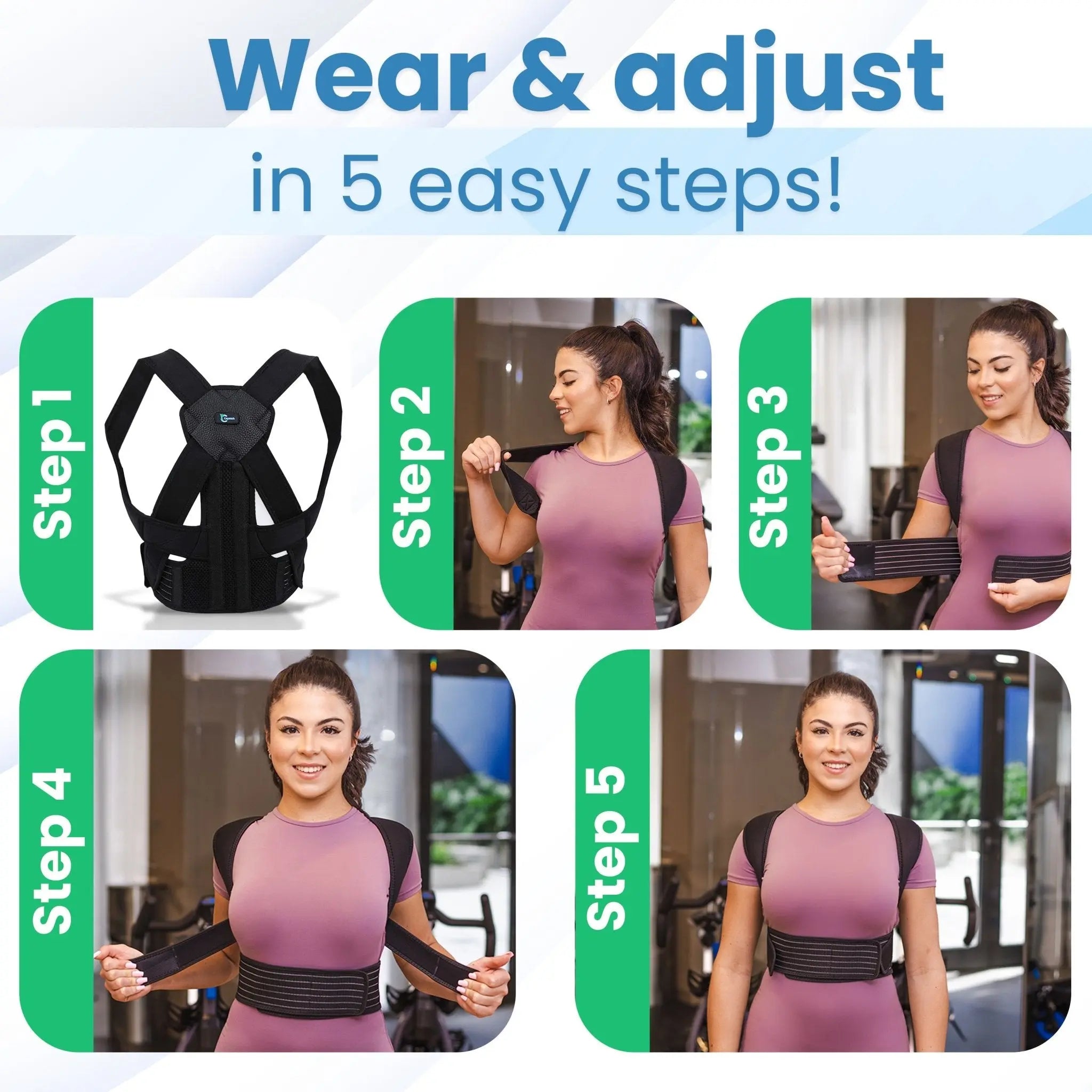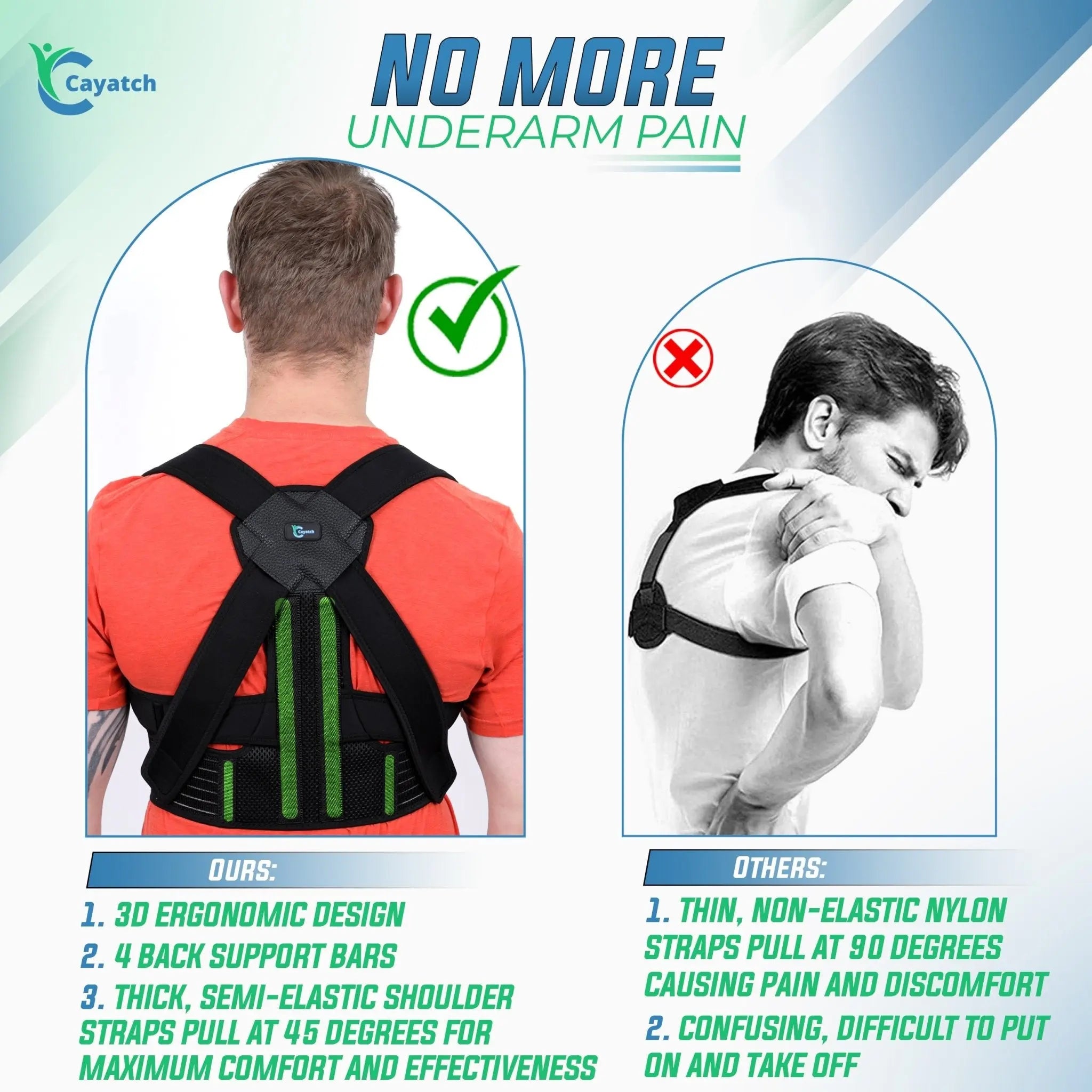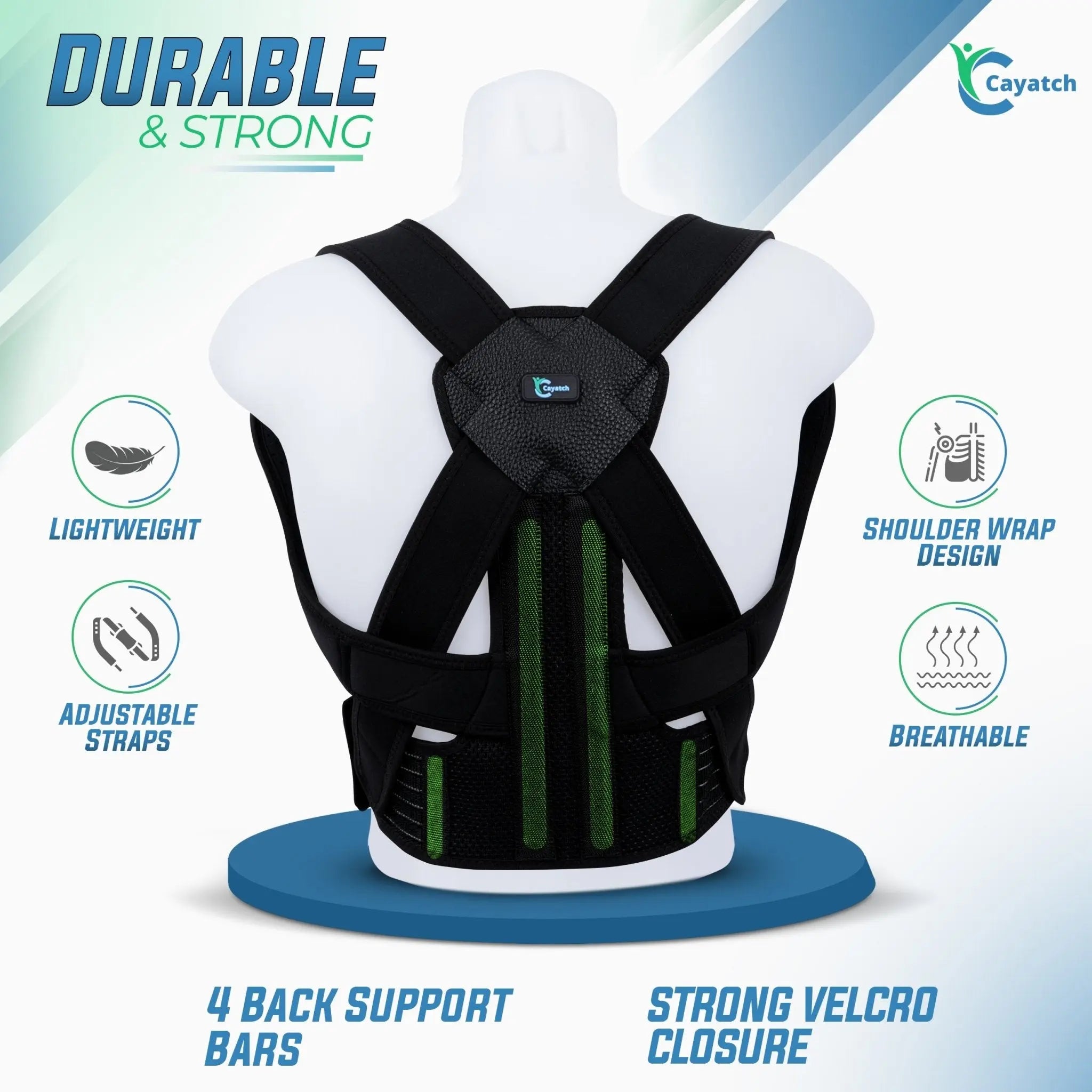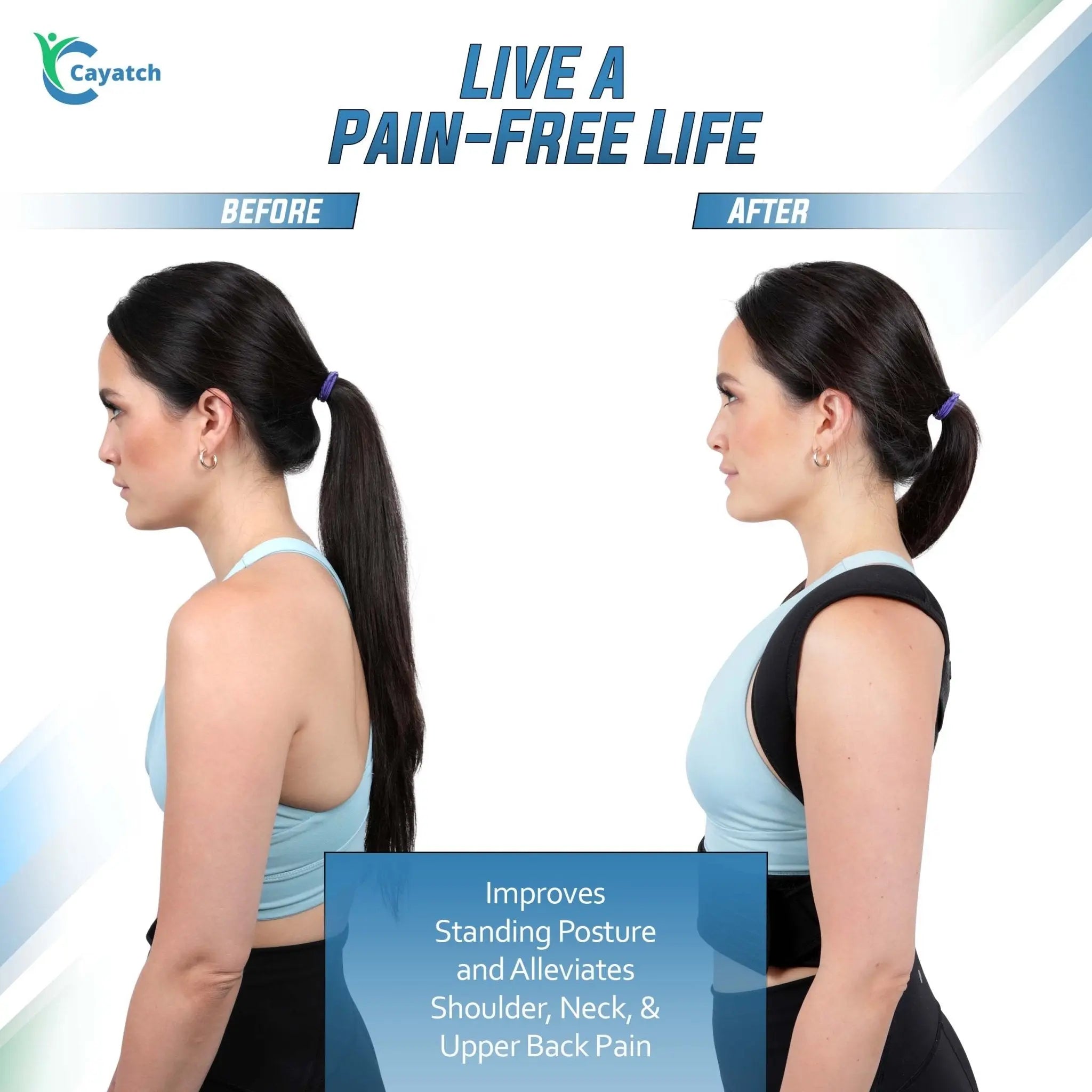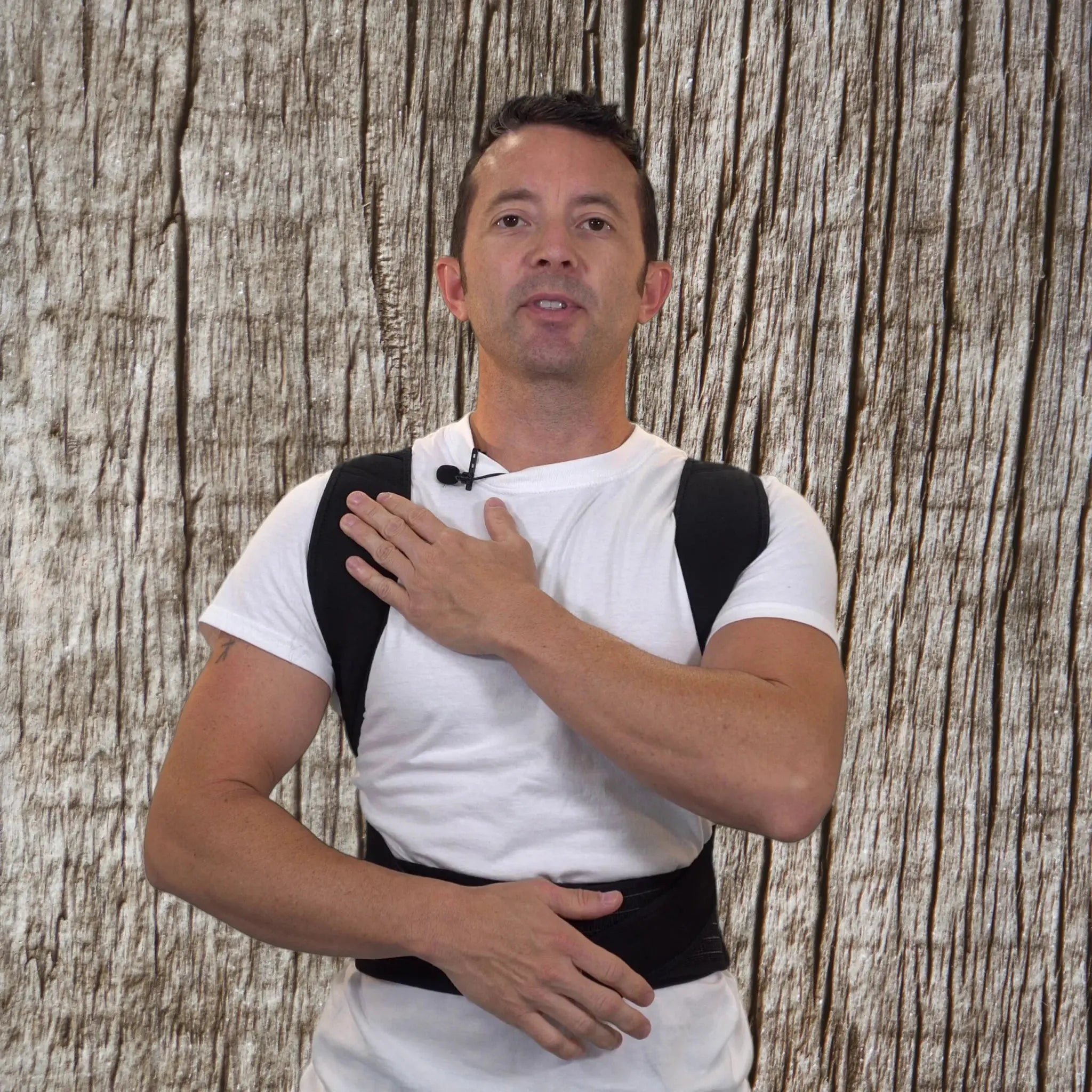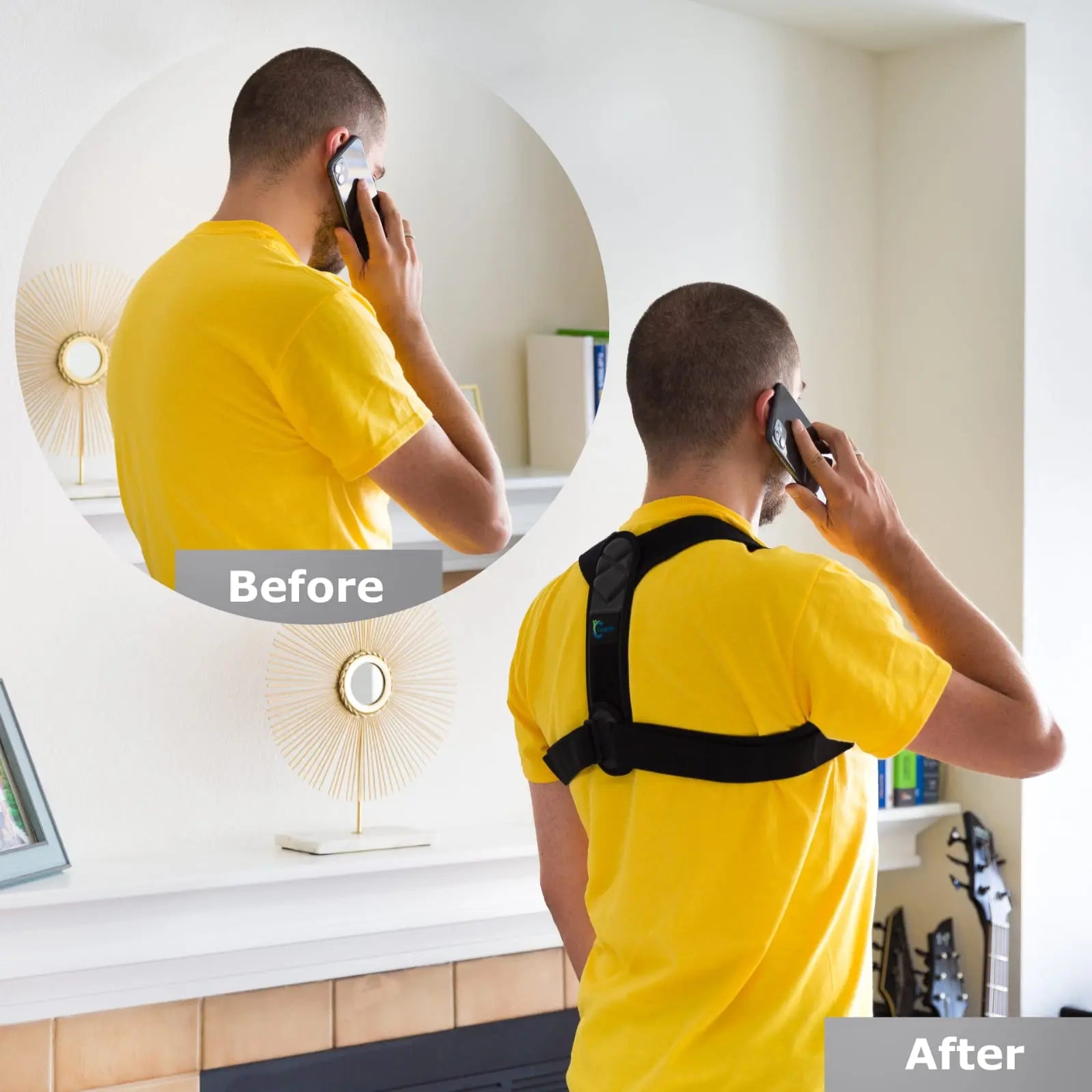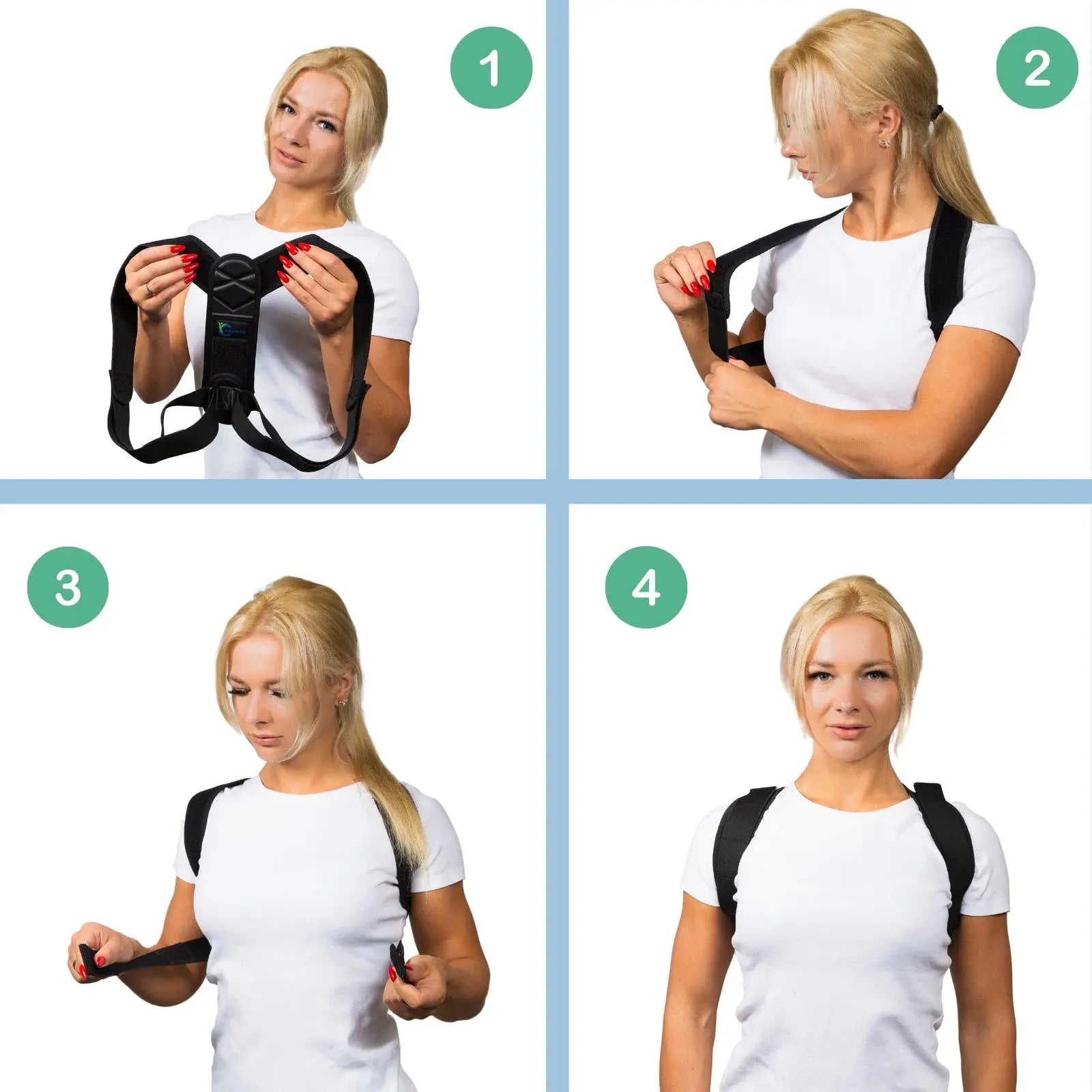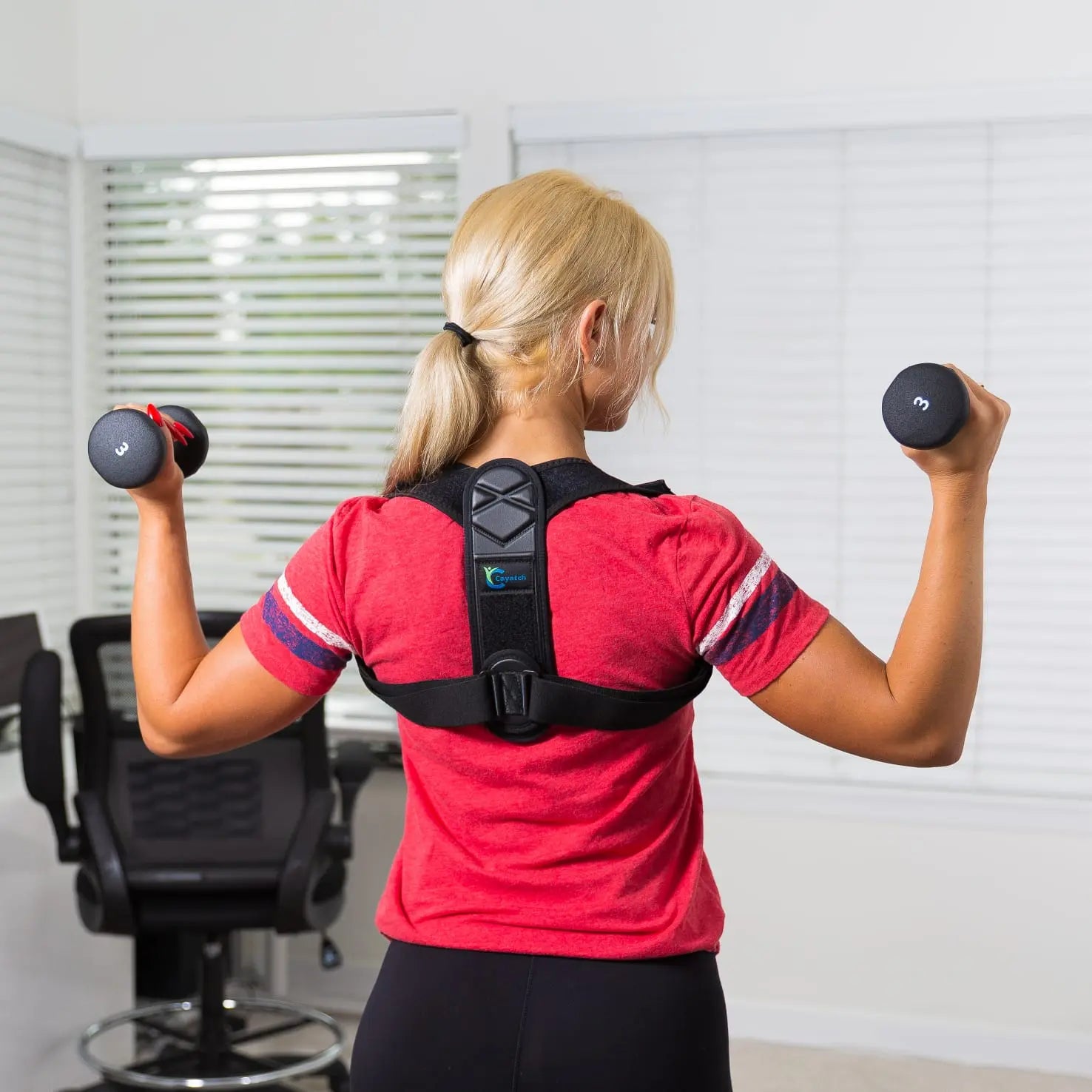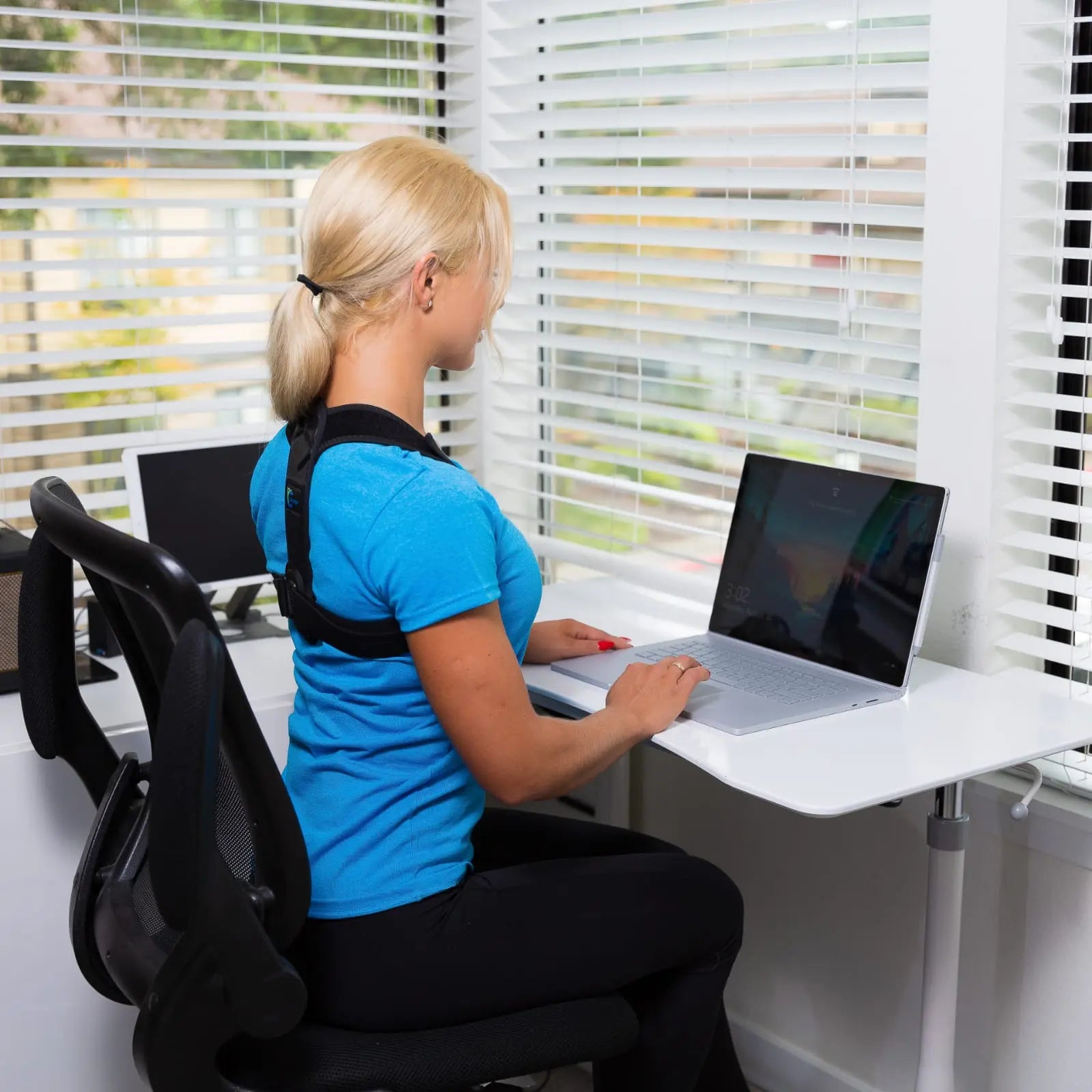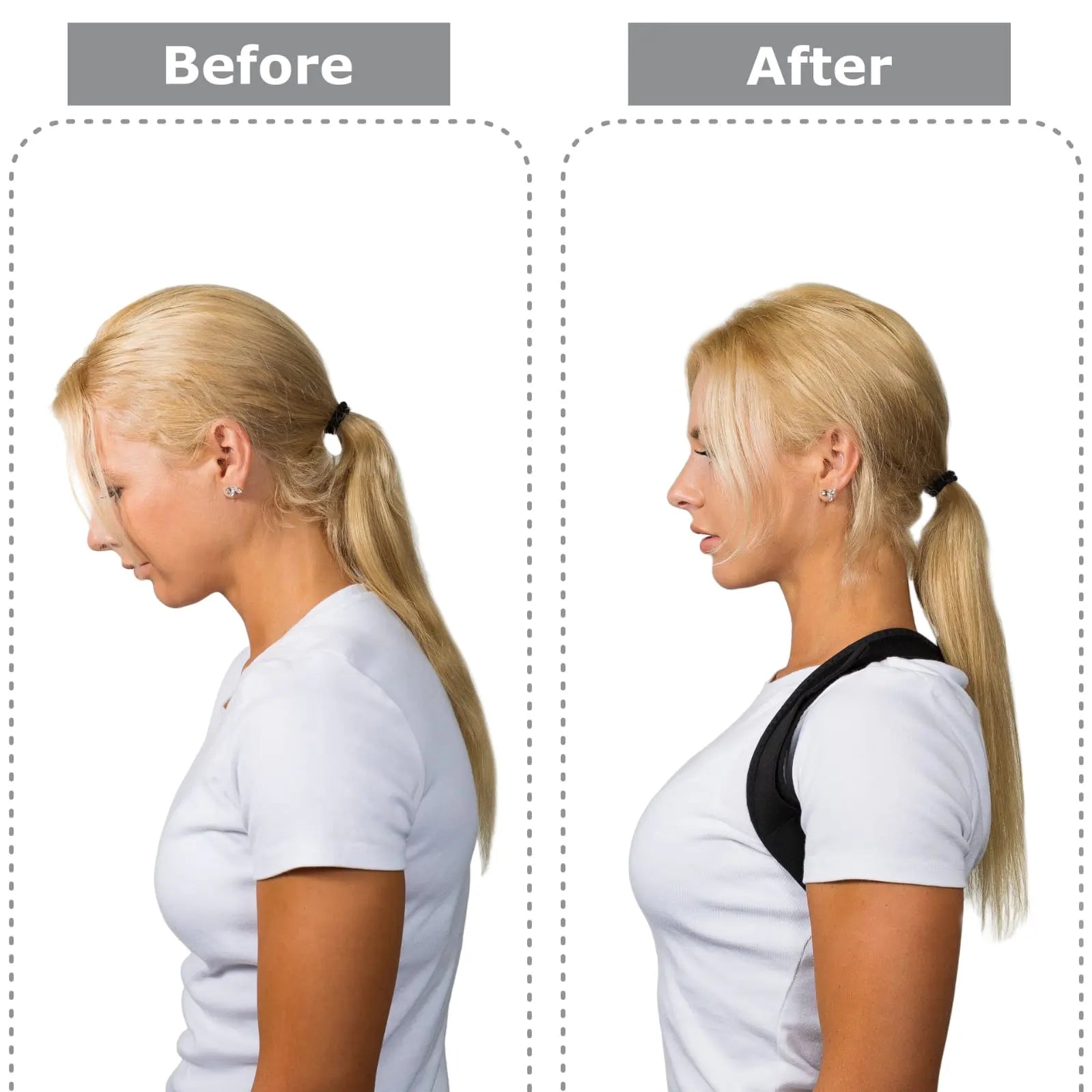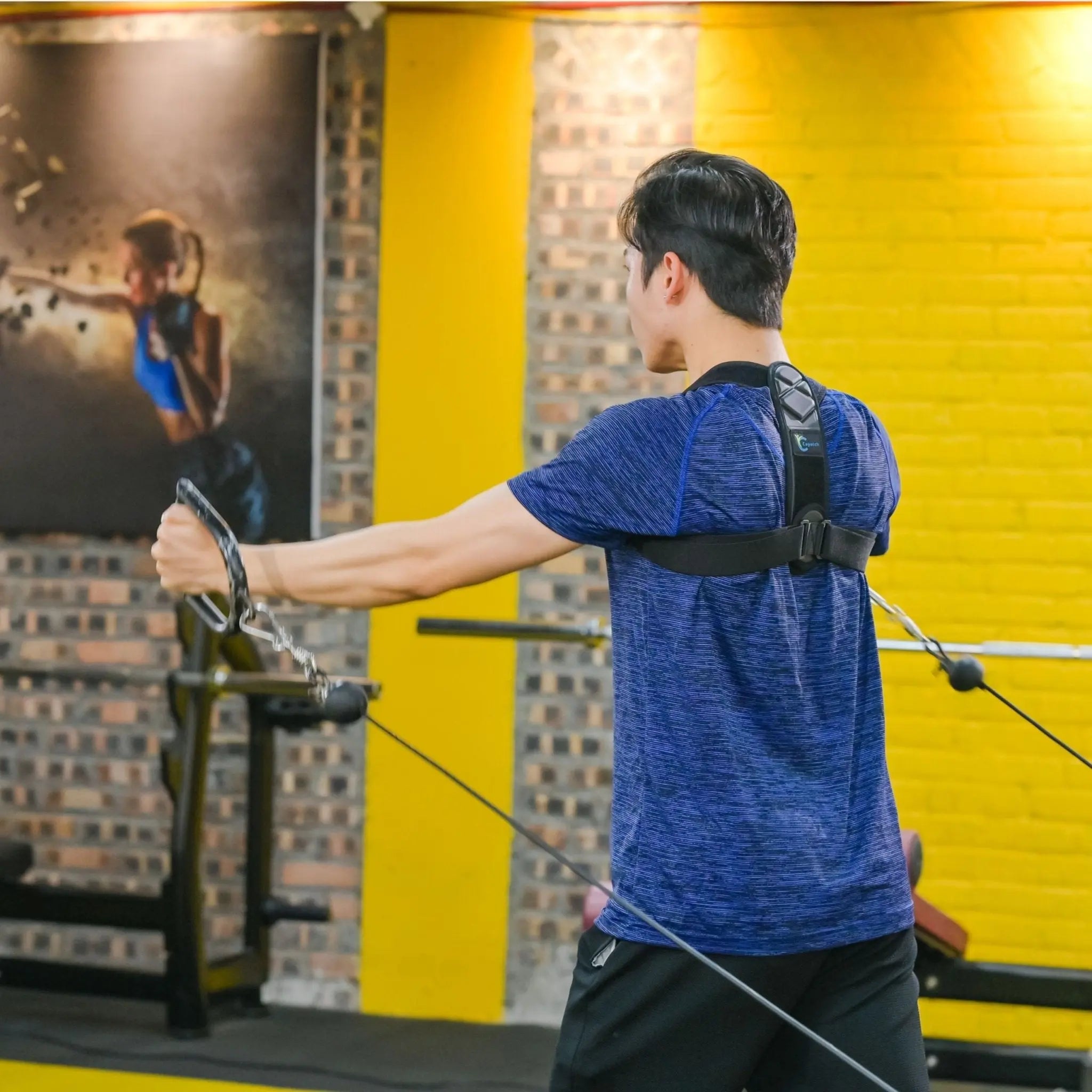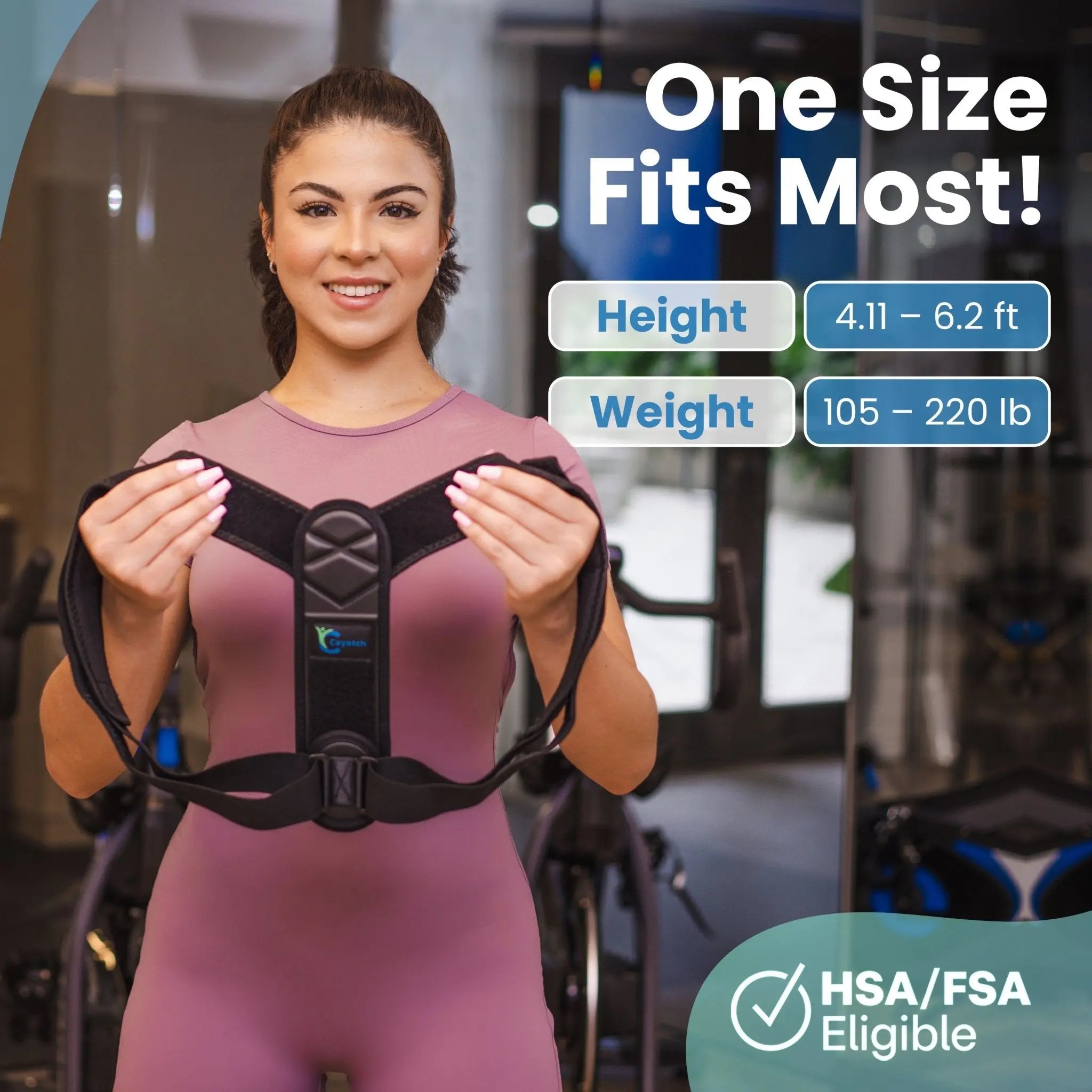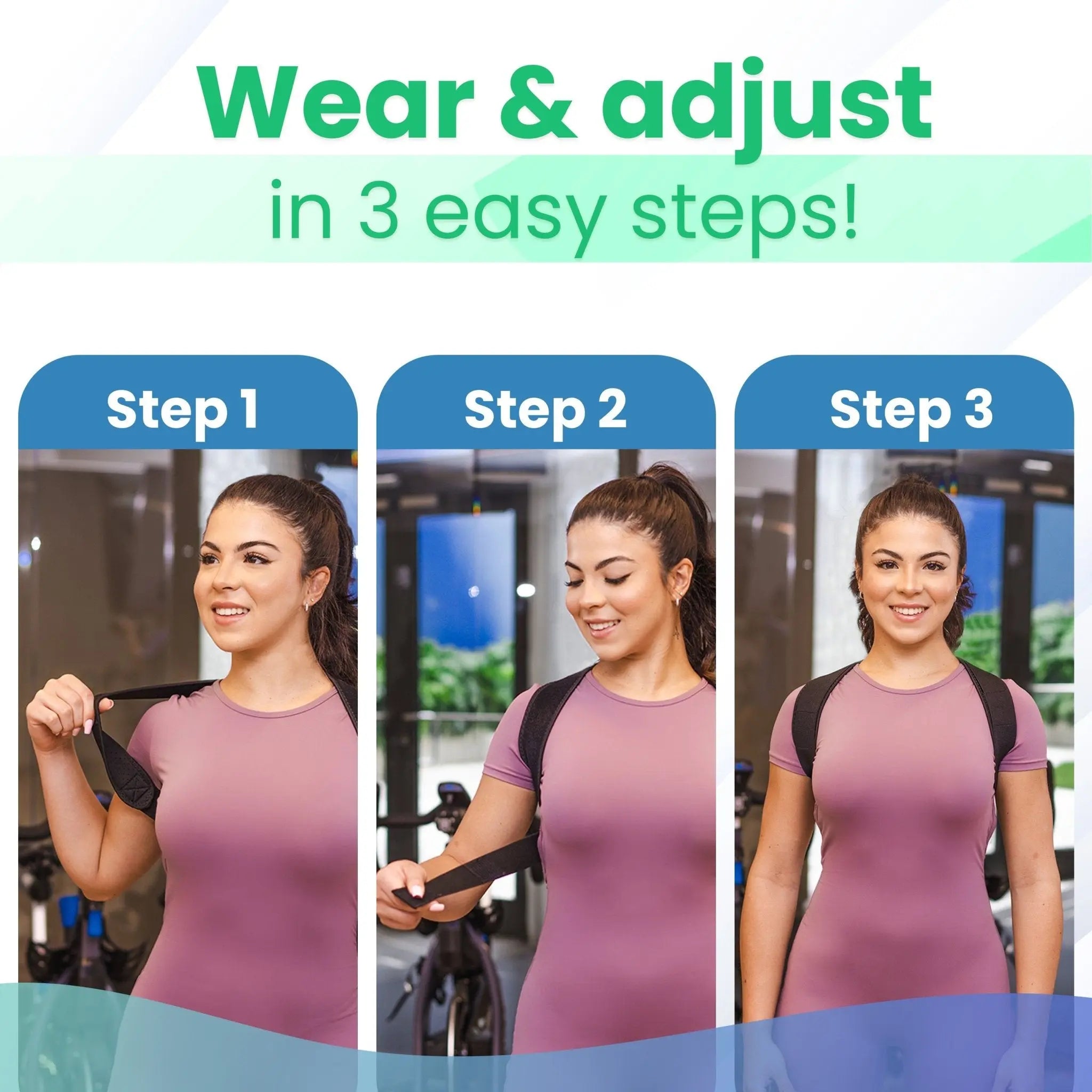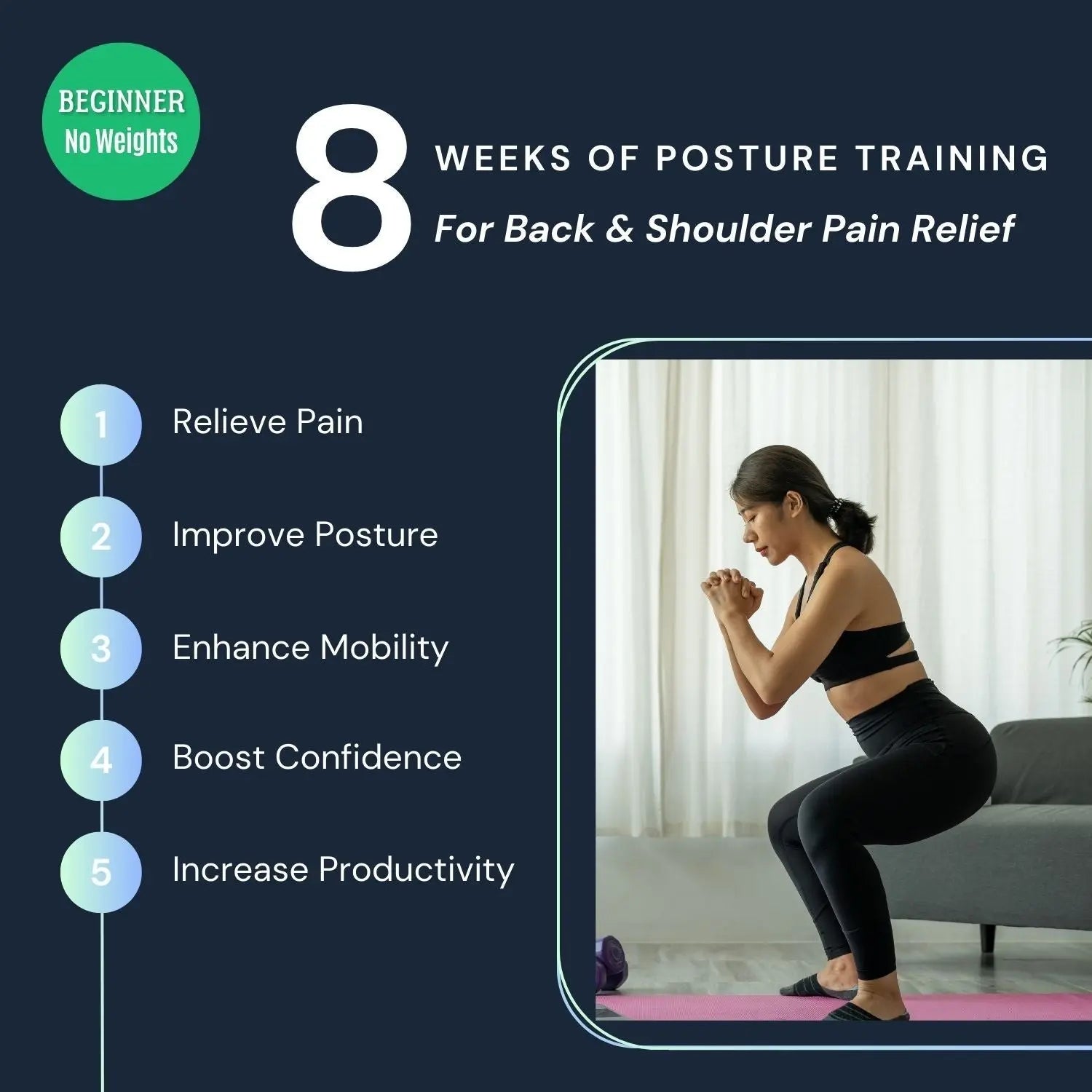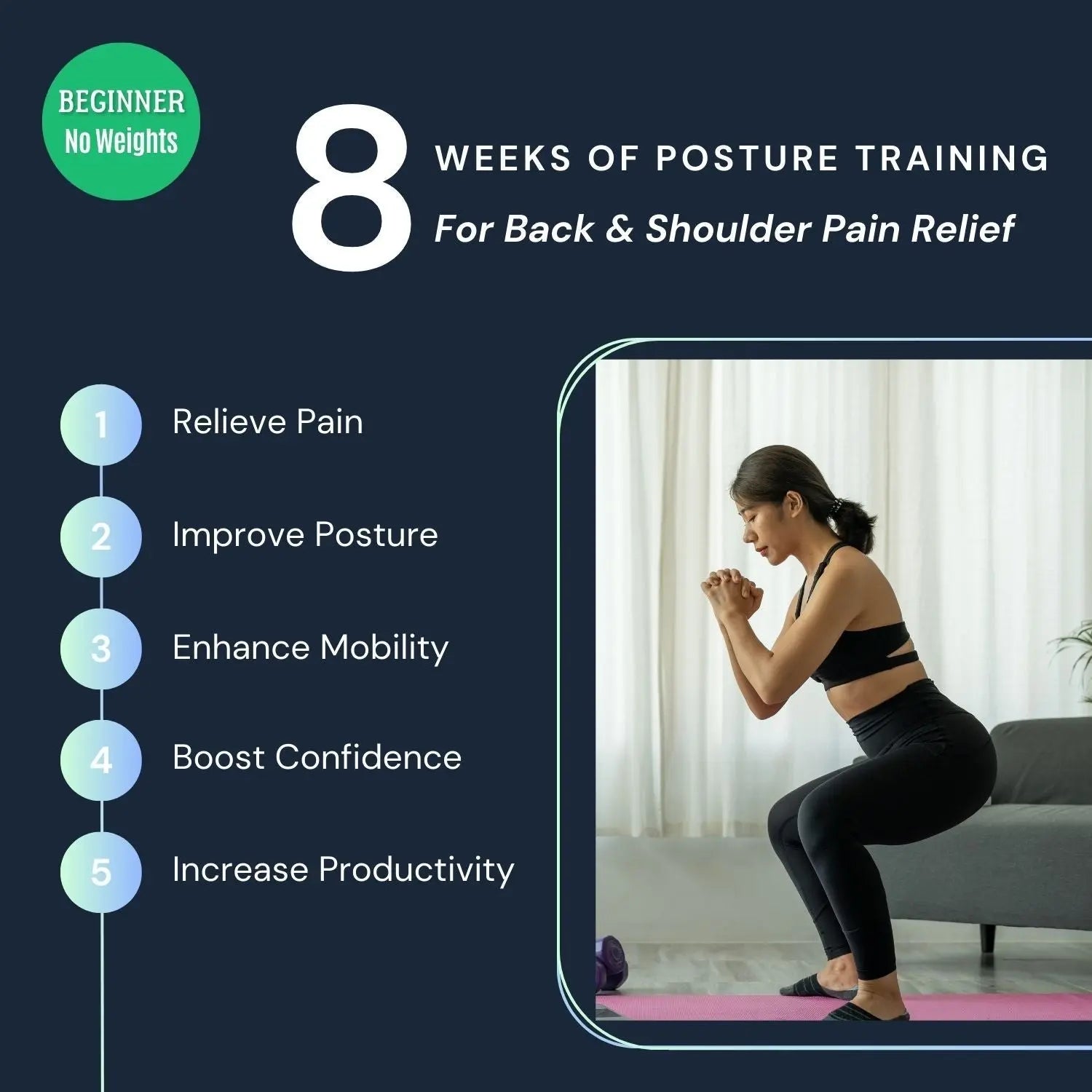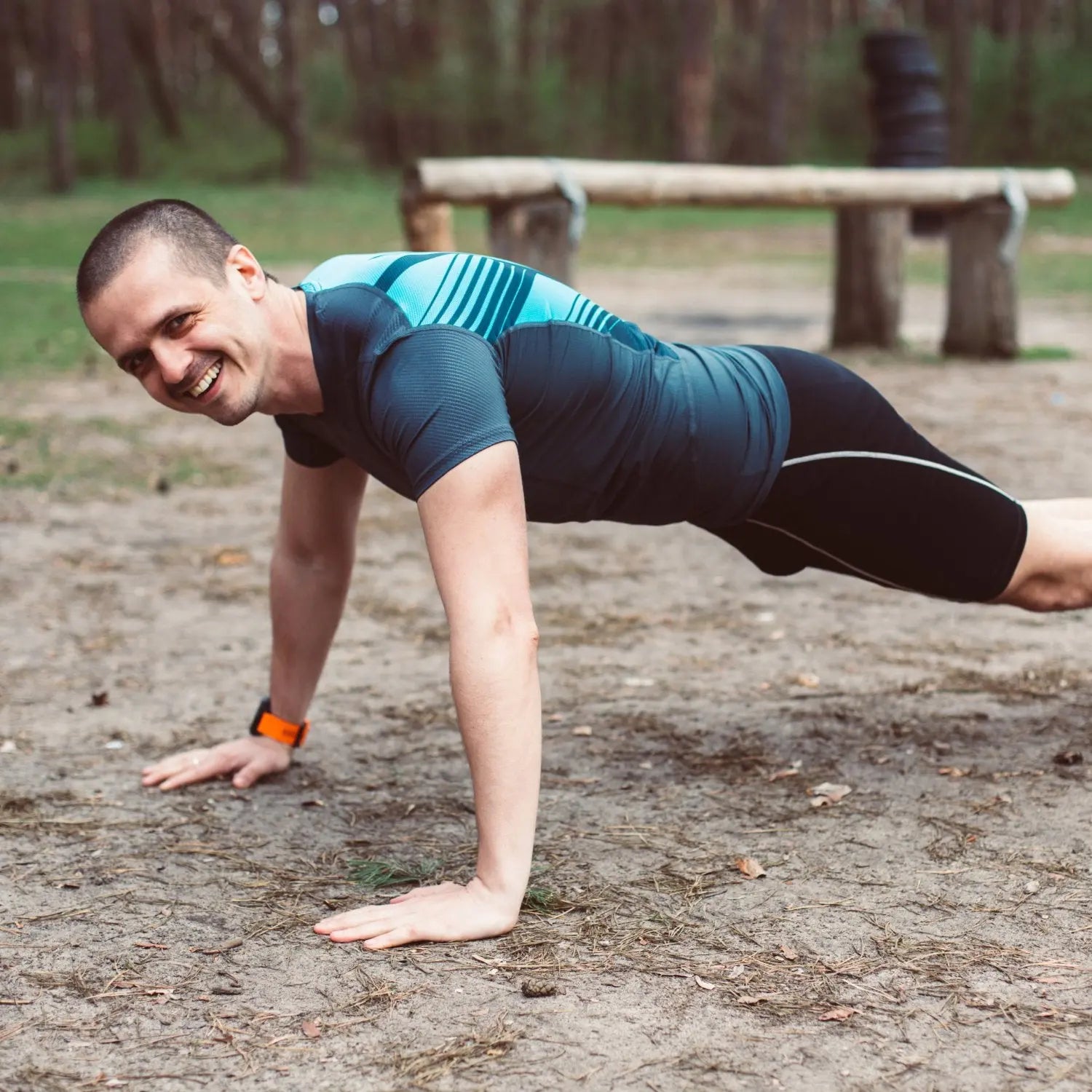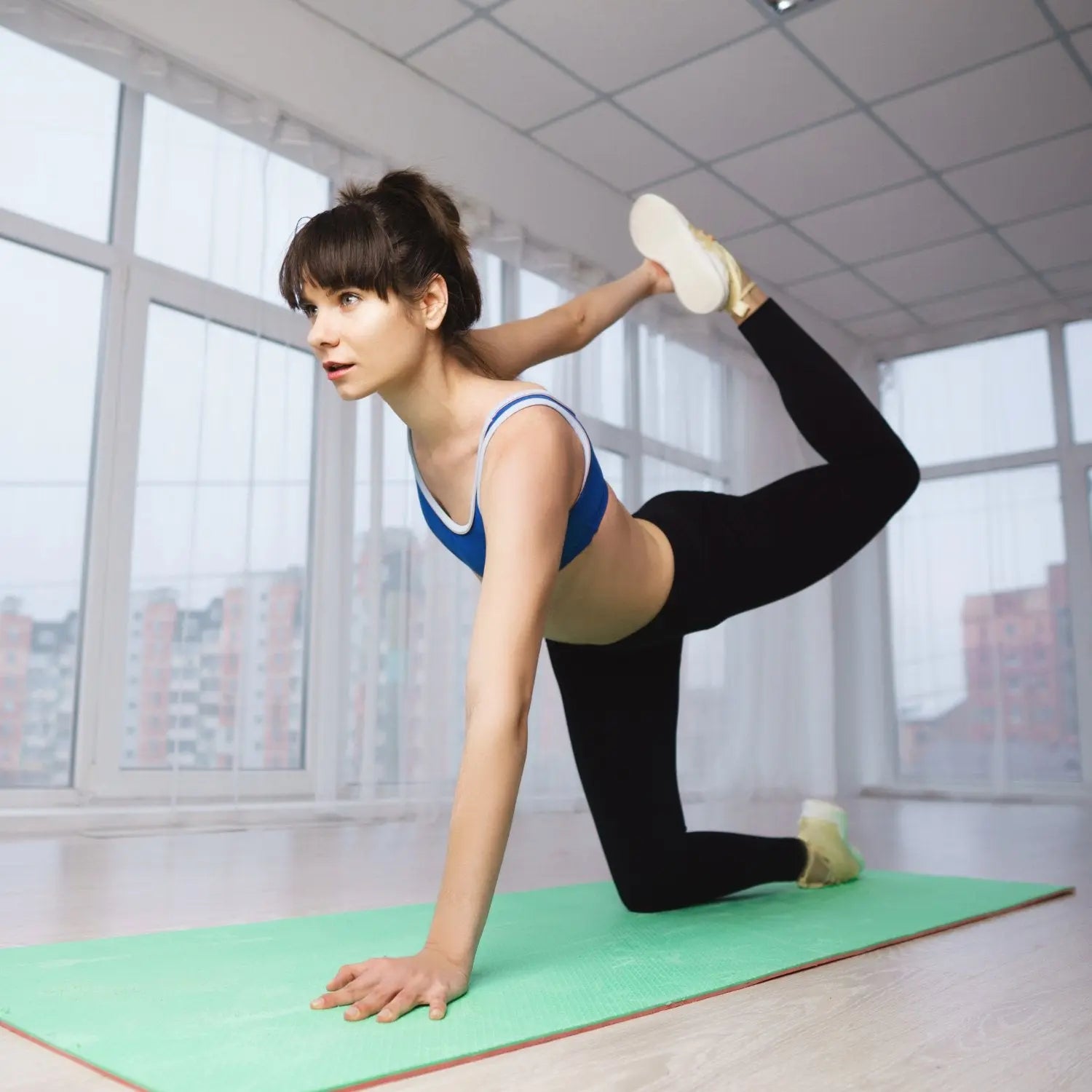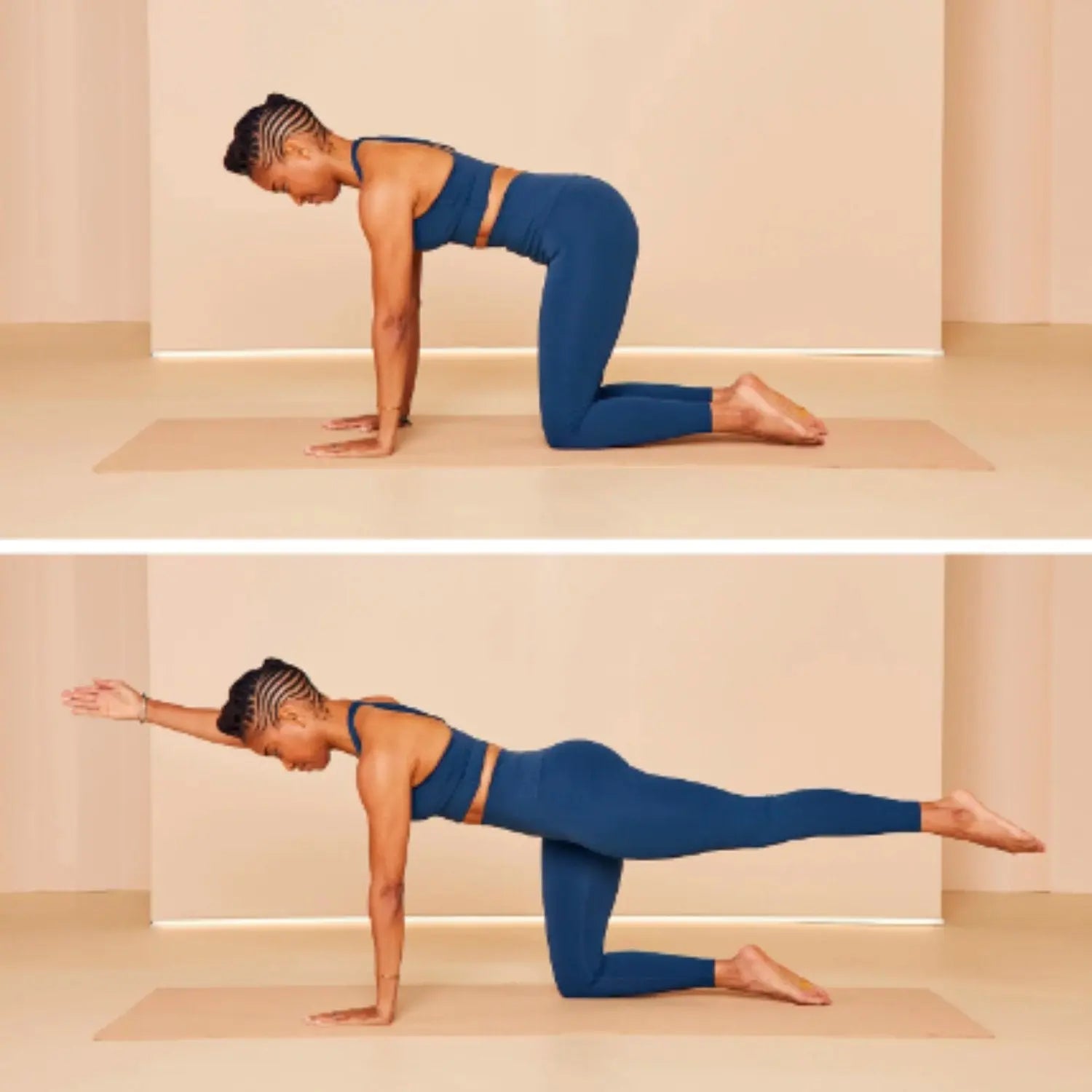Why Do Swimmers Have Bad Posture? Get To Know the Real Reasons Behind Swimmer’s Slouch and How to Fix It

Key Takeaways:
1. Reasons Behind Swimmer’s Posture: Swimmers often develop bad posture due to the repetitive nature of swimming strokes and the muscle imbalances they create.
2. Impact of Swimming on Posture: While improper swimming can worsen posture, swimming with correct techniques and form can actually enhance it.
3. Improving Posture as a Swimmer: Incorporating land-based exercises and stretches into a swimmer’s routine can help correct posture issues.
4. Best Swimming Strokes for Posture: Strokes like backstroke and freestyle, when done properly, can support better posture.
5. Mindfulness for Posture Correction: Being mindful of posture both in and out of the pool can aid in maintaining a healthy and balanced body alignment.
Introduction
Swimming is often celebrated for its full-body workout benefits, which can improve cardiovascular health and build muscle strength. It is a low-impact activity that is accessible to people of all ages, making it a popular choice for both recreational and competitive athletes.
However, beneath the surface of these positive aspects lies a common issue faced by many serious swimmers: poor posture. Despite their rigorous training and toned physiques, swimmers are often prone to slouched shoulders and a forward-leaning stance, nicknamed the “swimmer’s slouch” or “swimmer’s posture.”
This blog explores the question of why swimmers have bad posture and the real reasons behind why swimmers develop “swimmer’s posture,” uncovering the factors that contribute to this paradox and offering solutions to help swimmers maintain a healthy, upright posture both in and out of the pool. Additionally, this blog will touch on how to use swimming to improve your posture.
Reasons Behind Swimmer’s Posture
Swimming is a demanding sport that requires repetitive movements and sustained muscle engagement. While these movements provide numerous health benefits, they also predispose swimmers to certain postural challenges. Understanding these factors is essential for addressing and preventing poor posture. Below are the top reasons that contribute to postural issues among swimmers, shedding light on why these athletes are particularly vulnerable.
1. The Nature of Swimming Movements:
Swimming involves repetitive arm and shoulder movements, particularly in strokes like freestyle and butterfly. This repetition can lead to muscle imbalances as swimmers often develop stronger chest and shoulder muscles while neglecting their back muscles, resulting in a forward-leaning posture.
2. Muscle Imbalances:
Over time, the pectoral muscles and the anterior deltoid muscles become overdeveloped. Conversely, the muscles of the upper back and the rotator cuff become weaker, contributing to a hunched posture. This imbalance can significantly impact overall body alignment and posture.
3. Lack of Strength Training:
Swimmers who focus solely on swimming without incorporating strength training for the back and core muscles may experience posture problems, as the muscle imbalances will continue to worsen. Balanced strength training is crucial to counteract the muscle imbalances caused by swimming, ensuring all muscle groups are adequately developed and supported.
4. Flexibility Issues:
Swimmers often experience tightness in their shoulders and upper back due to the repetitive nature of their sport, which can negatively affect posture. This tightness, if not continuously stretched, can lead to muscle imbalances and alignment issues over time.
5. Technique and Form:
Poor swimming technique can contribute to muscle imbalances and postural problems, as muscle groups will not be symmetrically exercised. Incorrect form in the water over time can also lead to injuries such as shoulder impingement, which can affect posture.
6. Time Spent in Water:
The buoyancy of water reduces the effects of gravity, which can decrease postural awareness and muscle engagement outside of the pool. This can result in a gap between the physical demands in the water and maintaining proper posture on land.
Does Swimming Ruin Posture?
Swimming doesn’t inherently ruin your posture, but it can lead to postural imbalances if alignment isn’t properly maintained. A study published in the Journal of Physical Therapy Science in 2016 found that competitive swimmers had significantly greater forward head posture than non-swimmers.
This sport demands extensive use of the upper body, which can result in the overuse of chest and shoulder muscles. However, by being mindful of their posture and taking steps to maintain it, swimmers can prevent posture-related issues.
Understanding the factors that contribute to poor posture in swimmers is crucial for addressing and preventing these issues. By incorporating balanced strength training, regular stretching, proper technique, dry land training, breathing techniques, and posture awareness into their routines, swimmers can significantly improve their posture.
Additionally, recognizing which swimming strokes are most beneficial for posture can help swimmers make informed choices in their training.
Read: Long Term Effects Of Bad Posture | Take Steps Now To Turn Back The Clock
How to Improve Posture as a Swimmer
Poor posture among swimmers is often the result of muscle imbalances and repetitive motions inherent to the sport, as described above. However, with the right approach, swimmers can effectively improve and maintain good posture:
In this section, we will explore practical strategies and exercises that can help swimmers counteract the negative effects of their training, ensuring they can enjoy the full benefits of swimming without compromising their posture. From targeted strength training to mindful technique adjustments, these tips will guide you towards a healthier, more aligned body both in and out of the water.
1. Balanced Strength Training:
Incorporate exercises targeting the upper back, posterior deltoids, and rotator cuff muscles. Key exercises include back rows, reverse fly’s, and external shoulder rotation exercises. Perform these exercises regularly as part of a comprehensive strength training routine to ensure all muscle groups are adequately developed and supported.
2. Regular Stretching:
Focus on stretching the shoulders, chest, and upper back. Regular stretching alleviates tightness and improves overall flexibility. Consider incorporating yoga and dynamic stretching exercises to enhance flexibility and promote better posture, helping to maintain a balanced and aligned body.
3. Attention to Technique:
Seek guidance from a professional coach to ensure proper form in the water. Good technique prevents muscle imbalances, promotes efficient movement patterns, and can help prevent injuries. Coaches can provide personalized feedback and corrective exercises, which are crucial for maintaining proper posture.
4. Dry Land Training:
Incorporate exercises focusing on core strength and overall body awareness. Activities such as Pilates, resistance band exercises, and stability ball workouts enhance core stability and postural control. Dry land training helps maintain better posture both in and out of the pool, bridging the gap between aquatic and land-based activities.
5. Breathing Techniques:
Proper breathing techniques can significantly improve posture. Focusing on diaphragmatic breathing, which engages the core muscles, helps stabilize the spine and promotes better alignment. Practicing deep breathing exercises regularly can enhance body awareness and support good posture. Integrating breath control into your swimming routine ensures efficient swimming while maintaining a balanced and aligned body position.
6. Posture Awareness and Correctors:
Increase awareness of posture throughout the day, not just during training. Practice mindful posture checks while sitting, standing, and performing daily activities and make adjustments to align the spine and shoulders correctly. Use posture correctors as a supplementary tool to maintain proper alignment and prevent slouching. These correctors can provide gentle reminders to maintain an upright position, especially during long periods of sitting or standing.
Read: The Importance of Good Posture | 12 Benefits of Maintaining Proper Posture
Can Swimming Actually Improve Posture?
Swimming has the potential to improve posture, but this largely depends on how it is practiced and complemented by other activities. The buoyancy of water reduces the impact on joints, which can be beneficial for maintaining flexibility and joint health. When performed with proper technique, swimming engages multiple muscle groups, including the core, chest, back, and shoulders, which are essential for good posture.
However, the repetitive nature of swimming strokes can lead to muscle imbalances if certain muscles become overdeveloped while others are neglected. To harness the postural benefits of swimming, it is crucial to incorporate a balanced training regimen.
This should include strength training exercises that target the muscles supporting proper posture, such as the upper back, posterior shoulders, and core. Regular stretching routines are also essential to maintain flexibility and prevent muscle tightness that can lead to poor posture.
The Best Swimming Strokes for Improving Posture
When it comes to improving and maintaining good posture, certain swimming strokes offer more benefits than others. Understanding which strokes promote better alignment can help swimmers make informed choices in their training routines. Try to include these in your swimming routine if you find yourself sticking to freestyle or butterfly only.
Backstroke:
The backstroke is particularly beneficial for posture as it engages the upper back muscles and encourages an open chest position. This stroke helps to counteract the forward-leaning posture commonly seen in swimmers by eliminating the muscular imbalances. Swimming backstroke regularly can improve overall back strength and flexibility, contributing to better posture on land.
Breaststroke:
The breaststroke promotes good posture by requiring a synchronized movement of the arms and legs, which encourages muscle balance. This stroke strengthens the muscles of the upper back and posterior shoulders and can also improve flexibility in the chest and shoulders, helping to counteract the tightness that leads to poor posture.
Frequently Asked Questions (FAQs)
Do swimmers have weak shoulders?
Swimmers tend to have very strong anterior (front) shoulder with relatively weaker posterior (rear) shoulders. However, with the tips mentioned above, these imbalances can be eliminated.
Does swimming ruin posture?
Swimming can negatively affect your posture if certain precautions are not taken. Without proper measures, the repetitive motions and muscle imbalances can contribute to poor posture by the reasons mentioned above. However, by incorporating balanced strength training, regular stretching, and focusing on technique, swimming can actually improve your posture.
How do you get rid of the swimmer's posture?
To improve your swimmer's posture, engage in regular stretching, include dry land training for underused muscles, and consider purchasing a posture corrector to use outside the water.
Conclusion
Swimming is a fantastic full-body workout that offers numerous health benefits, including improved cardiovascular health and increased muscle strength. However, swimmers often face the challenge of poor posture, commonly referred to as "swimmer's slouch" or "swimmer's posture."
The question "Why do swimmers have bad posture?" can be effectively answered by pointing to repetitive movements, muscle imbalances, and inadequate attention to strength training and flexibility.
While swimming has the potential to negatively affect posture, with the right approach and practices, it can also be used to enhance and maintain a healthy, upright stance. By taking proactive steps and making mindful adjustments, swimmers can enjoy the full benefits of their sport while maintaining a well-aligned body both in and out of the pool.
























